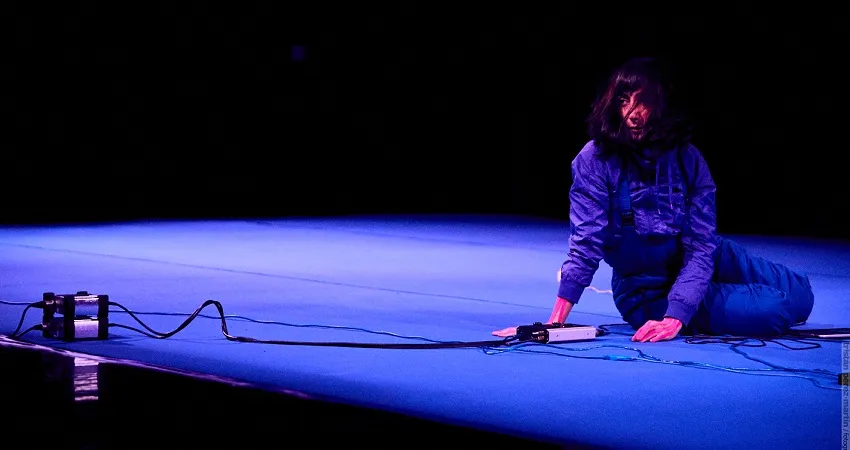Workshop with Mar Medina

4 pm - 8 pm
Free entrance. Limited capacity
Registration is required: saliva@centrocentro.org
This is an invitation to settle ourselves in the CentroCentro greenhouse, among drones and lots of anatomical images, to attempt to perceive, know and imagine other ways of being. * For Bonnie Brainbridge, a drone is a constant frequency, beneath the rhythm, to which a melody can be added. We can clarify it, she says, by separating it from rhythm, observing what underlies rhythm: “When I collapsed, what I thought was a drone was actually a rhythm, an anxiety. I did not judge it; it was part of what I am or what I used to think I was, part of my history”. ** The meetings will take place in the evening, to make the most of the fading daylight. ***
<200 lux The height of the darkest storm clouds, at midday.
400 lux Dusk or twilight on a clear day (ambient light).
40 lux Completely cloudy, at dusk/twilight.
<1 lux The height of the darkest storm clouds, at dusk/twilight
and study from polyvagal theory the limbic and somatic nervous system. Neural regulation is defined by our breathing and affects our entire nervous system, which is collective rather than individual: “The nervous system of social behaviour is the nervous system of health, growth and restoration”. ****
*Jara Rocha speaks about “a way of being. Moving to understand things, understand movements to be. Shape things to move, being there to make shapes, stop to understand. Understanding stops, moving things, stopping shapes. A composure that is always ready to fall”.
**Bonnie Brainbridge Cohen. Sensing, feeling, and action. Contact Editions, Northampton, 1994, p. 178.
***Wikipedia. Daylight.
****Observe respiration as deviations or switching points. Switching points allow a track to be divided in two, or even three, tracks, with the axes touching. One of the tracks (known as direct track) follows a straight line. The rest (known as diverging tracks) change direction at the switching point. The change itself makes it possible for two divergent tracks to be connected, ensuring the continuity of each track. It is made up of two point and counter-point elements. The point is the moving element and the counter-point is the fixed track. The pair of moving points moves simultaneously thanks to a switching mechanism. These elements have a small section, so it is easy for them to break and they require maintenance.
Mar Medina (Barcelona, 1976). At the same time as she studied for a History of Art degree at the University of Barcelona, she trained as a dancer in a range of European cities, at New York’s Movement Research and Anne Bogart’s SITI Company. Her wider interest in the moving body led her to study Alexander Technique and to delve into a somatic approach to the creative realm. After working for a while with several dance companies, she began to focus more on processes than events and she devoted herself to teaching and to independent projects along with INFRA- (Jara Rocha/Ester Jordana), MovLab, Fundació Antoni Tàpies and Oriol Fontdevila at Performing the Museum, MAMBO for Teatron, Constant Association for Art and Media, ARTAS La Poderosa and Espacio Práctico. Her work examines hybrid situations at the intersection between knowledge and scenic elements and she adopts a range of formats, in an attempt to create a meeting point.




